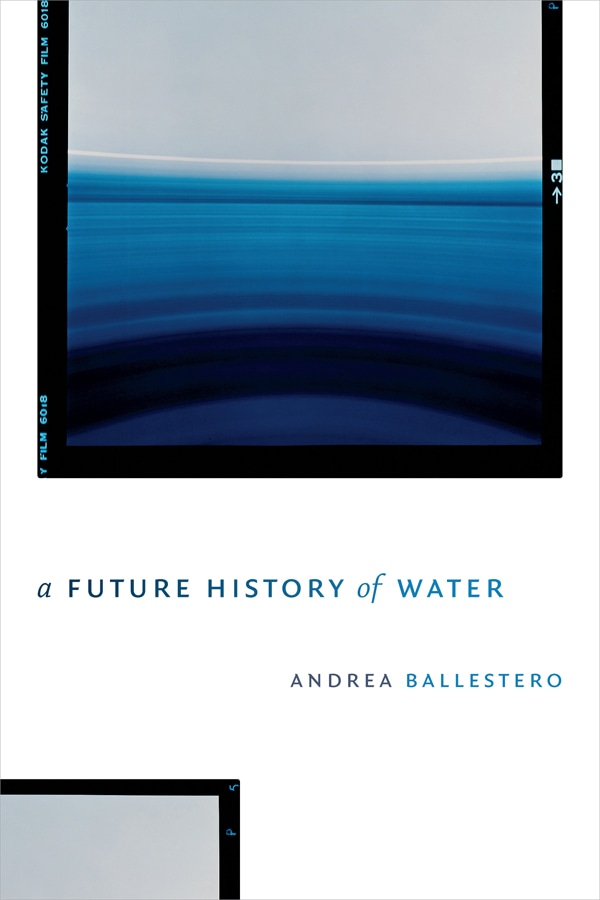
As I write these lines, my home city, Madrid, is covered in a thick blanket of snow. In just under thirty hours, it has been overtaken by the heaviest snowstorm of the past half-century. Overnight, the city came to a frozen standstill. A novel landscape of white silhouettes and silvery perspectives rearranged our skylines. With not one car in sight, people took out to the streets with skis, sledges and snow rackets, setting in motion novel habitats and habitus of orientation, displacement and play in the city.
Yet it was not all joy and snowmen. For a city unprepared for such weather extremes, the storm triggered an infrastructural catastrophe. There were roadblocks, buildings collapsed, logistical distribution and transportation came to a precipitous and unexpected halt. Schools closed, supermarkets ran out of stocks, hospitals saw a sudden surge in the number of traumatological emergencies (from ice slipping). One of the leafiest metropolitan areas in the world, at least one-third of the city’s trees were damaged or fell during the storm. Overwhelmed, the government declared disaster-zone status for Madrid.
As we all awaited with consternation the gradual melting of the snow, some municipal officials alerted that the city was at risk of flooding and inundation. The strange landscape of whiteness was now menacing to turn the city into a strange thing full of water too.
“A strange thing full of water” is how Michel Serres once described the discovery of the logos-proportion by Thales of Miletus, the origin myth of the birth of physics and mathematics (Serres 2017, 188). The Nile floods that Thales witnessed washed away the field’s crops, and Thales’ proportion came to the rescue of, indeed, a strange thing full of water: a world that demanded a new logos to measure the land, re-establish the cadastral register, and net out outstanding balances between creditors and debtors. The proportion helped separate that which had melted; it was used to dehydrate and re-engineer that which had liquified. The proportion bifurcated the world anew.
Ballestero returns to the question about the “sizes” or “proportions” through which her interlocutors imagined social fairness or equilibrium—through the technical figurations and material accretions that turn mathematical formulas or consumption indices into adequate descriptors for society
Proportions and bifurcations play a central role in Andrea Ballestero’s mesmerizing and indispensable monograph on the practical futures of water governance. Take the regulators working at Costa Rica’s public services authority (ARESEP). Theirs is the responsibility for calculating the formula that sets the price for water provision in the country. The formula, which Ballestero studies in-depth, is used to draw the line separating a good price, a price that consolidates the status of water as a public good and a human right, from a bad price, a price that converts water into a commodity and a private good. The formula holds in ‘harmony and equilibrium’ the relation between society and water (48-53). To this effect, regulators keep a vigilant eye on the mathematics of R, the variable that stands for surplus in the pricing formula. Too much surplus turns R into a profit, too little cannot yield sufficient development for the water system. As Ballestero puts it, the ‘right magnitude of R—displaying the right proportionality—is a moving target for which a vigilant eye and a continuous implementation of the principles of harmony and equilibrium are necessary.’ (53) Societal well-being nets out as a proportional effect of water management.
The question of proportionality returns in another of the devices studied by Ballestero, the calculation of the Consumer Price Index and its impact on the price of water via the inflation rate. “Water services” compute for 1.41 per cent of the index in Costa Rica, which otherwise stands as a sociological proxy for the average consumption basket of an idealized household. The weight accorded to different items in the basket reproduces another version of the proportional imagination. In Ballestero’s words: ‘These proportional relations [between items] are the specific moments at which the concrete needs of life—eating, drinking, caring for others, having the luxury of enjoying leisurely goods—meet specific financial conditions of possibility.’ (93) We may think that social relations are imbricated in and carry through modes of material livelihood, but it would seem that is actually “proportionality” rather than “relationality” that lends dimensional concrescence to our lives.
If our worlds are expressions of the semiotic and material proportions through which we negotiate social encounters and navigations, then it only makes sense that proportions should play some part in our analytical toolkits too. Ballestero thinks as much. In a wonderfully suggestive conclusion to the book, she returns to the question about the “sizes” or “proportions” through which her interlocutors imagined social fairness or equilibrium—through the technical figurations and material accretions that turn mathematical formulas or consumption indices into adequate descriptors for society. As she puts it: ‘What parameter determines what is its “adequate” size? Put differently, we can only see aggrandizing [a question or its mode of description] as problematic if there is another scale that we accept as adequate. But what is that other more adequate scale?’ (196) Indeed, what may it mean to speak of description as a problem of scale, to inquire into the secret proportions subtending our own languages of sociological intelligibility?
What may it mean to inquire into the secret proportions subtending our own languages of sociological intelligibility?
As it turns out, the language of proportionality does participate in a distinguished epistemological tradition. As Serres intimated in his history of geometry, the proportion is the logos-foundation of our physical imagination. The history of techno-science is a history of sociological proportions. So is the figure of bifurcations that accompanies it. ‘What does science in essence amount to?’, Serres asked in the preface to the monumental history of scientific thought which he edited: ‘Totally unexpected bifurcations.’ (Serres 1991, 18, my translation).
Ballestero puts bifurcations to a novel anthropological use, a much-needed figure for the description of separations before-and-after entanglements. Yet I would like to suggest that her ethnography offers us a quiet refuge from the vertigo of bifurcations too. Whilst her focus is the granular and concrescent purchase of “devices”, her ethnographic sensibility actually carries itself through and subtly acquiesces as a method for other methods in the book. For there are as many methods as there are devices in her account; methods and methodologies are a constant concern of her interlocutors and friends. And Ballestero’s ethnography becomes a hospitable language for them all. Such is the virtue of this wondrous book: an ethnography of proportions that is disproportionately rewarding.
This review is the first of three in a book symposium on A Future History of Water. Read the other reviews by Maura Finkelstein and Rachel Douglas-Jones, or read Andrea Ballestro’s response.



